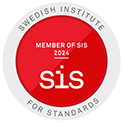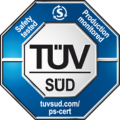Checklist for designing inclusive playgrounds
Our mission is to create inclusive play spaces where everyone can play together. These playgrounds should be accessible and engaging for children of all ages and abilities, encouraging interaction and socialization.
Playing is crucial for children's activity, learning, friendship-building, and overall development and wellbeing. Inclusive play spaces foster positive connections, relieve stress, stimulate creativity, boost confidence, and allow children to experience the joy and benefits of play.
How do we make existing playgrounds more accessible?
1 Inventory existing play equipment
Who can access the playground today? The most common disabilities to consider are:
- Movement impairments (e.g., wheelchair users, mobility challenges)
- ADHD (Attention Deficit Hyperactivity Disorder)
- Intellectual disabilities (e.g., learning or cognitive challenges)
- Visual impairments (e.g., low vision or blindness)
- Autism (e.g., sensory or social interaction differences)
- Hearing loss (e.g., partial or complete hearing loss)
2 Movement impairment
- How is the foundation for play functions designed?
- Are there activities available at ground level, such as games or interactive elements?
- Can screens or panels be replaced?
- Is it possible to switch to different types of swing seats?
- Does the play equipment offer varying levels of difficulty?
- Is there space for a wheelchair at the table or bench?
- Are there openings or gaps in any edge details?
- Is there a raised sandbox or sand table available?
- Are there extra grips or handholds for added support?
- Is there a possibility for shade and sun protection?
3 ADHD
- Are there physically challenging activities, such as climbing games or obstacle courses?
- Are there fast-paced play elements, such as swings or slides?
- Can the playground be divided into separate zones or "islands"?
- Is it possible to balance high-energy play with quieter, calmer activities?
4 Intellectual disability
- Is the play equipment suitable for older children, providing enough size and challenge?
- Are the play features clear, simple, and easy to understand?
5 Visual impairment
- Can orientation be reinforced using sensory beacons, such as wind chimes or water features?
- Are there designated holding points for orientation, such as walkways, bushes, or flower boxes?
- Is there adequate lighting to ensure visibility and safety?
- Is there a tactile information board available for guidance?
- Are there contrast markings on play structures, such as start/end steps, handrails, or edges?
6 Autism
- Does the playground need to be fenced for safety or accessibility?
- Can color be used to create structure or define zones?
- Is it possible to design quieter areas within the playground?
- Are there play elements available that don't require cooperation or group interaction?
7 Hearing loss
- Can balance play elements, preferably close to the ground, be added?
- Is there a need for additional visual information or signage?
- Can measures be taken to minimize disturbing noise?
Planning an inclusive play project?
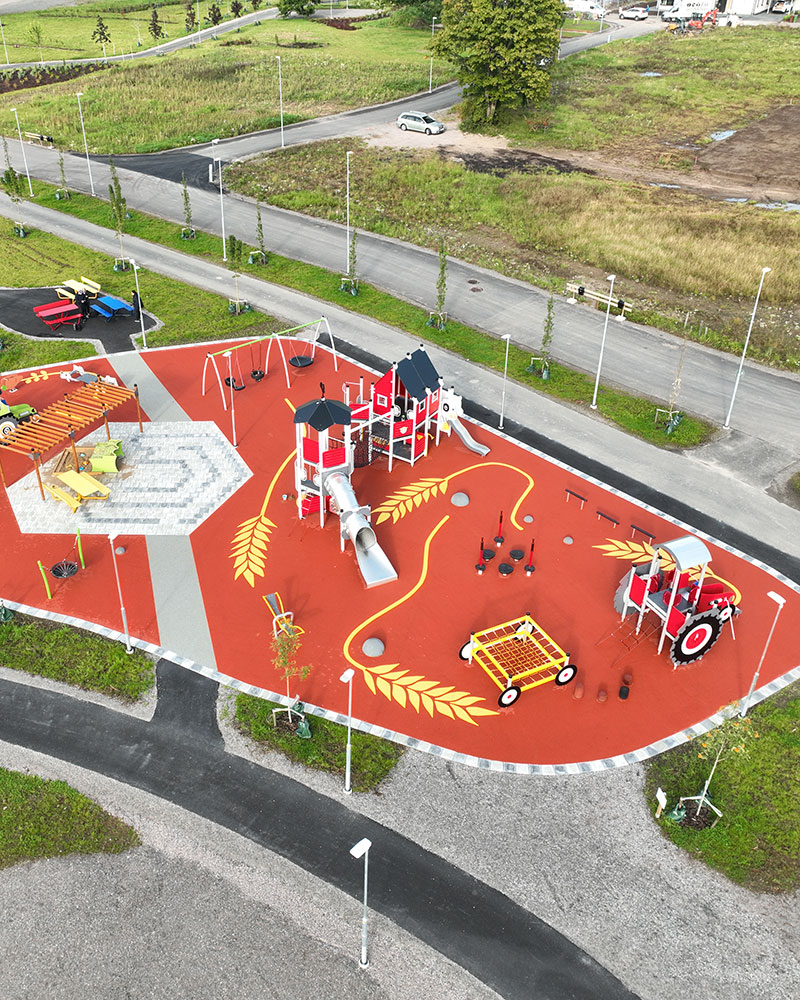
1. Free design consultation
Our free design consultation service offers personalised guidance tailored to your specific needs and preferences, ensuring that every aspect of your project is considered before implementation.
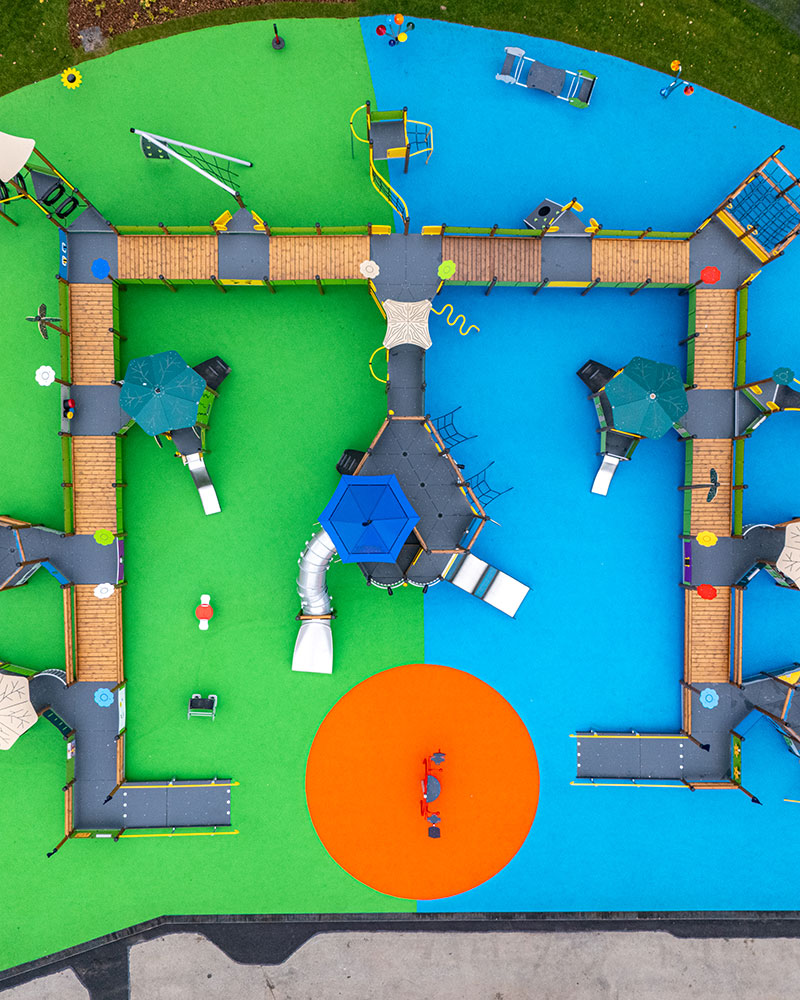
2. Turning your design into reality
We specialise in transforming your digital design concepts into tangible realities, leveraging cutting-edge technology and expert craftsmanship to bring your vision to life with precision and finesse.
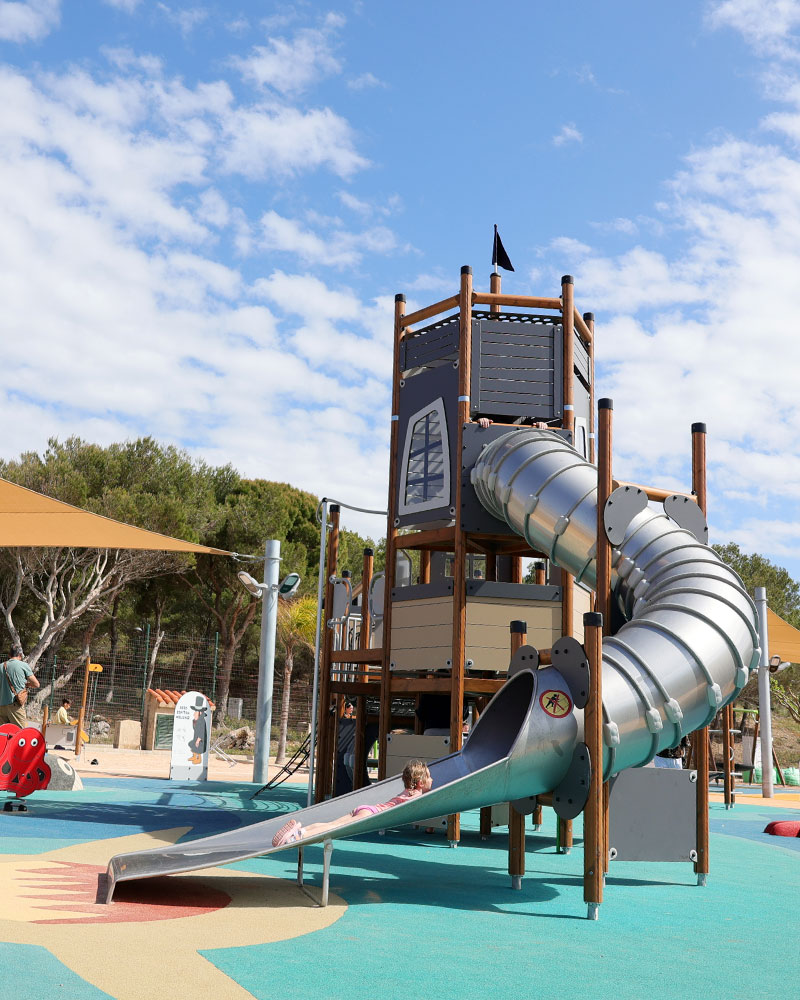
3. Step by step support
With step-by-step support, we accompany you through every stage of the design process, providing guidance, feedback, and assistance to ensure a smooth and successful execution of your project from start to finish.


